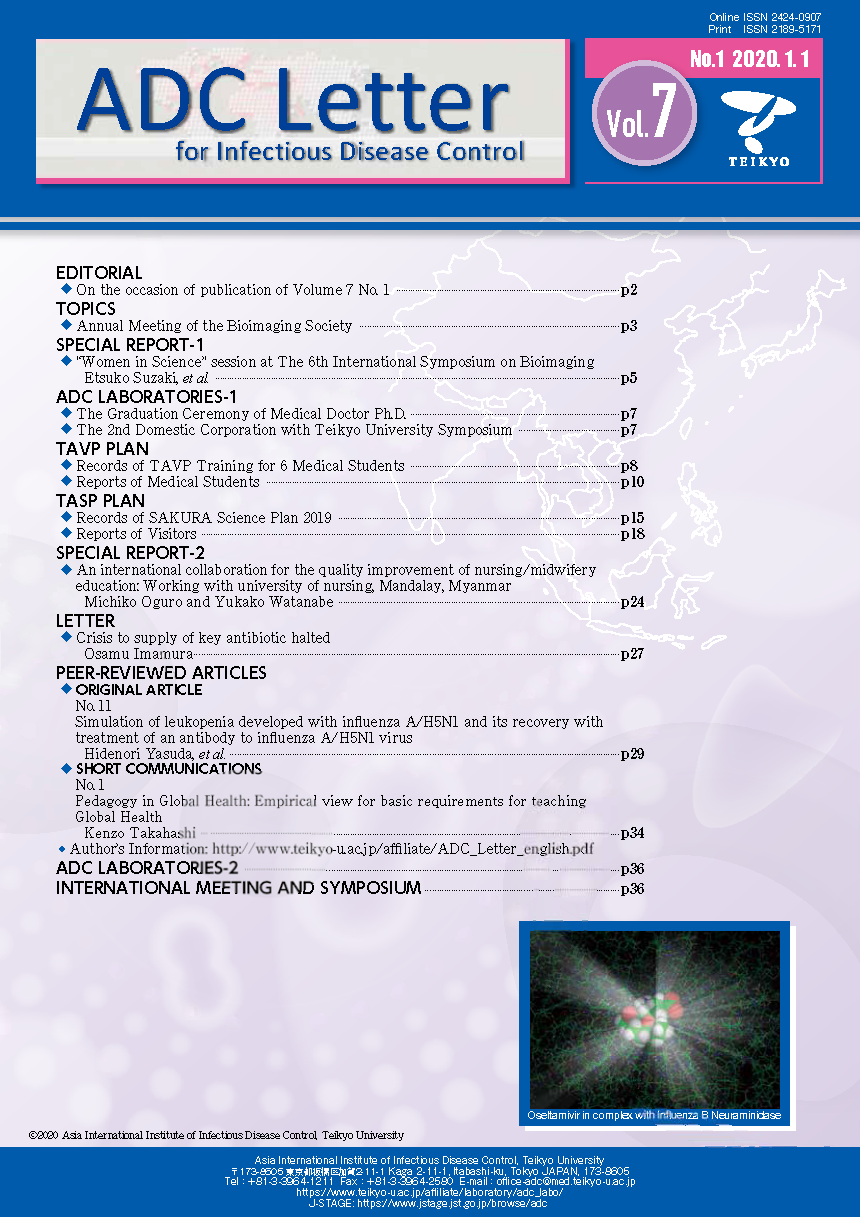Background: High-dose intravenous immunoglobulin (IVIg) treatment has been used for therapy of Kawasaki disease and other diseases. Due to the risks of immunoglobulin preparations such as undetectable infection included in donated blood and unknown mechanisms, recombinant immunoglobulins are required. Candida albicans water-soluble fraction (CAWS)-induced vasculitis, one of the murine model of Kawasaki disease vasculitis is thought to be suitable for examining the therapeutic effect of recombinant immunoglobulins, because IVIg treatment to CAWS-induced vasculitis by human immunoglobulin was effective. In the present study, we performed histological investigation of inhibitory effect of the recombinant single chain fragment of variable region (hScFv) of IgG on murine model of Kawasaki disease vasculitis.
Methods: The incidence of panvasculitis and histological severity (i.e., the extent of the lesion and the degree of inflammation) of vasculitis were compared among each experimental group in CAWS-induced vasculitis in C57BL/6 mice. The following experimental groups were employed: No treatment (only CAWS injection), solvent, hScFv 2.25mg/Kg/day, hScFv 4.5mg/Kg/day, hScFv 9mg/Kg/day, human native IgG 400mg/Kg/day.
Results: The incidence of panvasculitis showed in each group as follows. No treatment: 66.7 (4/6), solvent: 40% (2/5), hScFv 2.25mg/Kg/day: 60% (3/5), hScFv 4.5mg/Kg/day: 25% (1/4), hScFv 9mg/Kg/day: 0% (0/1), and native human IgG 400mg/Kg/day: 40% (2/5), respectively. Panvasculitis was developed in all treated groups other than hScFv 9mg/kg/day, however the incidence of groups treated with hScFv 4.5 mg/Kg/day and native IgG 400 mg/Kg/day tended to be slightly lower than no treatment group. The extent of the lesion showed in each group as follows. No treatment: 2.33 ± 2.07, solvent: 1.80 ± 2.17, hScFv 2.25 mg/Kg/day: 1.20 ± 1.30, hScFv 4.5 mg/Kg/day: 1.00 ± 1.41, hScFv 9 mg/Kg/day: 1.00, and native IgG 400 mg/Kg/day: 1.80 ± 1.30, respectively. The degree of inflammation showed in each group as follows: No treatment: 6.17 ± 6.52, solvent: 4.80 ± 6.61, hScFv 2.25 mg/Kg/day: 3.60 ± 3.91, hScFv 4.5 mg/Kg/day: 2.00 ± 2.83, hScFv 9 mg/Kg/day: 1.00, and native IgG 400 mg/Kg/day: 4.00 ± 4.18, respectively. There was no significant inter-group variation, the extent of the lesion and degree of inflammation in each treatment group tended to be smaller and milder than those of no treatment group.
Conclusion: The present study suggests that the hScFv has a slightly suppressive effect on development of vasculitis in animal model of Kawasaki disease vasculitis.
抄録全体を表示
